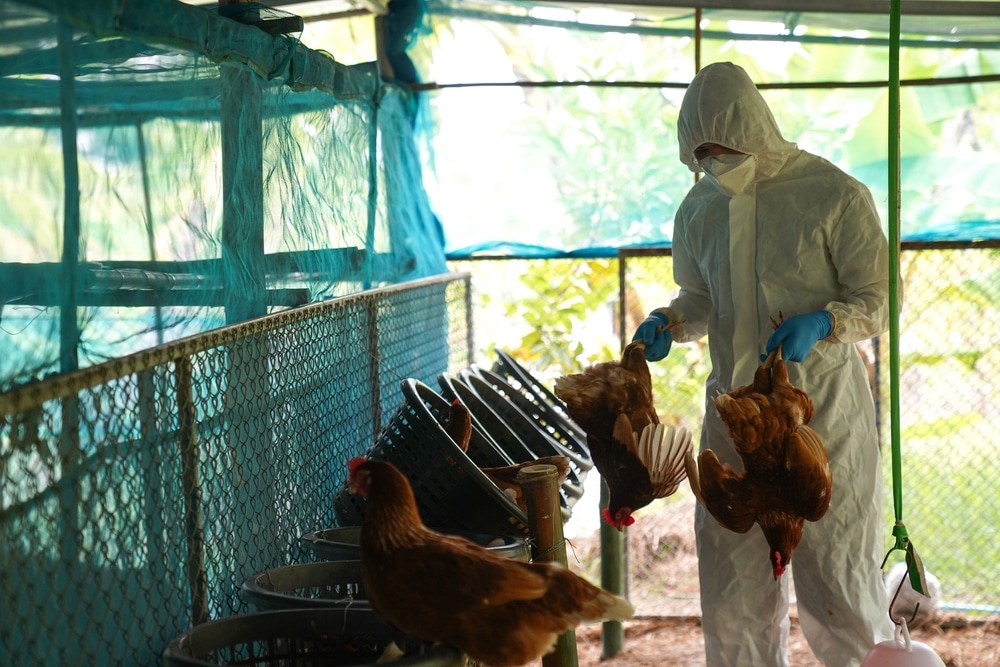It took millions of years for apes to evolve into humans. It may take only a century for humans to change again. Genetic engineering, which for decades never quite lived up to its promise, is being transformed thanks to a new tool called Crispr. Scientists can use it to manipulate the genes of any living creature with astonishing ease. Its initial applications have been to target genetic disease, modify foods, and develop new drugs. What comes next is up to us. Crispr (which stands for clustered regularly interspaced short palindromic repeats) is the subject of the next installment of Bloomberg’s new animated web series Sooner Than You Think,
which examines some of the biggest advances in human history that haven’t happened just yet. Progress in genetic research has been coming swiftly. The number of U.S. patent applications citing Crispr technology jumped from four to more than 230 between 2012 and 2015. This year is already on track to double that figure. Almost every genetics lab in the world is converting to Crispr because it’s cheap, precise, and easy to use. READ MORE

















